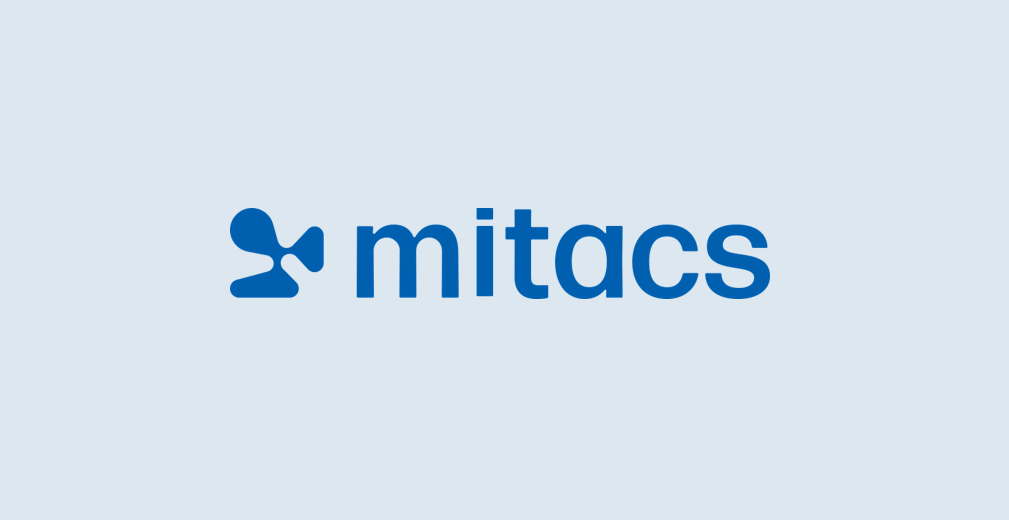
The Central Route of South to North Water Diversion (SNWD) project in China aims at transferring water from Yangtze River Basin to Beijing and Tianjin via a 1276 km open water canal across China. This represents a great risk for the accepting water bodies to be biologically invaded. The home university, University of Windsor, has […]
Read More